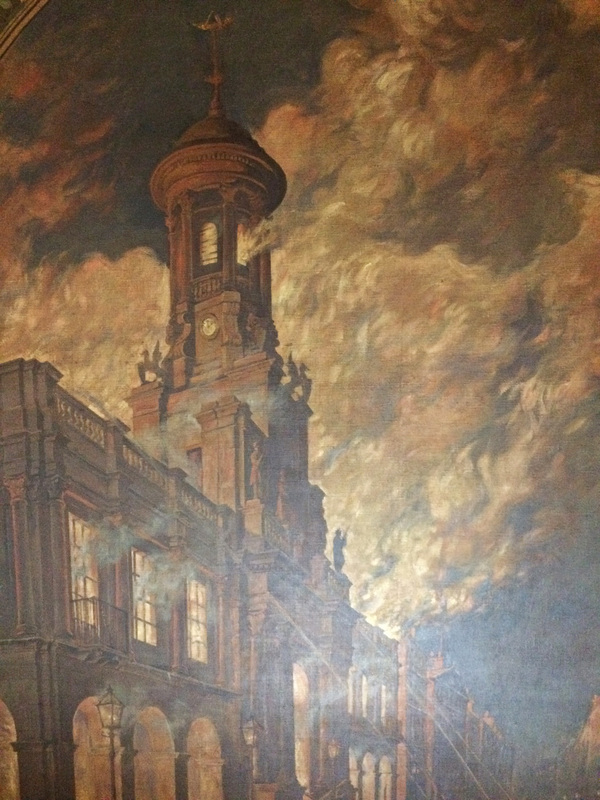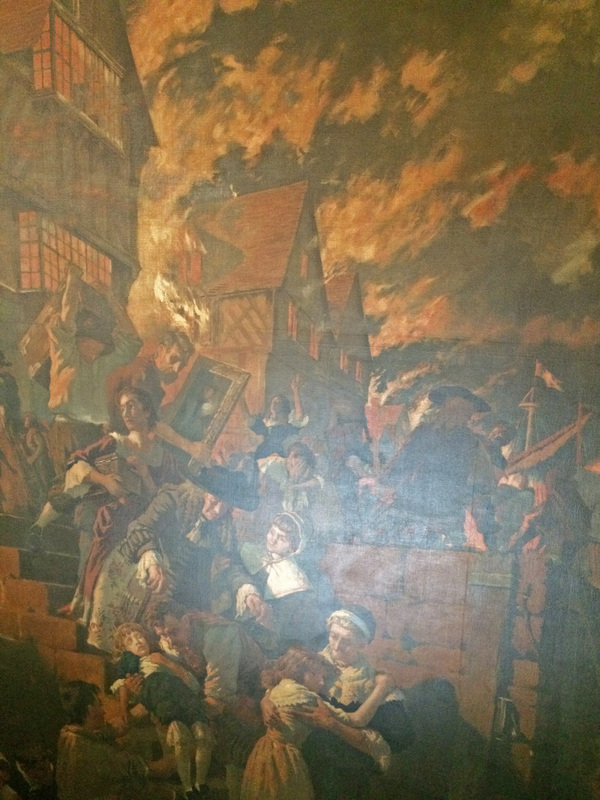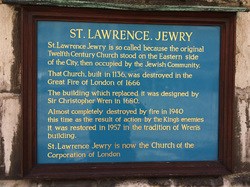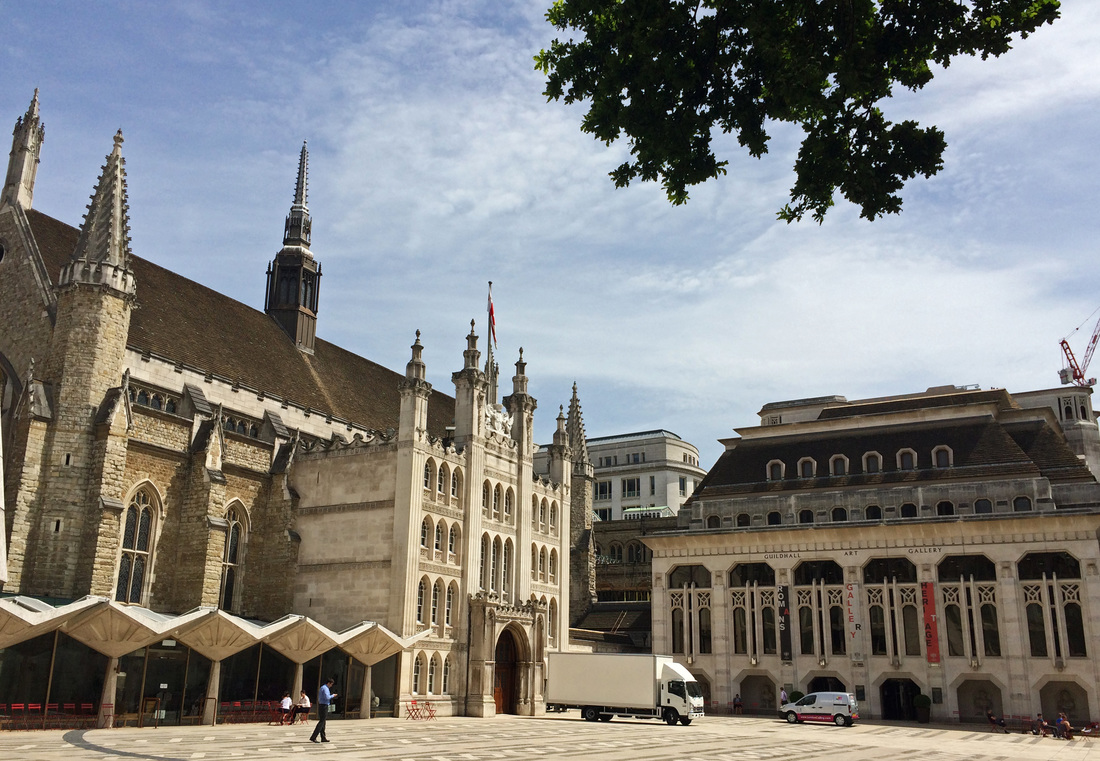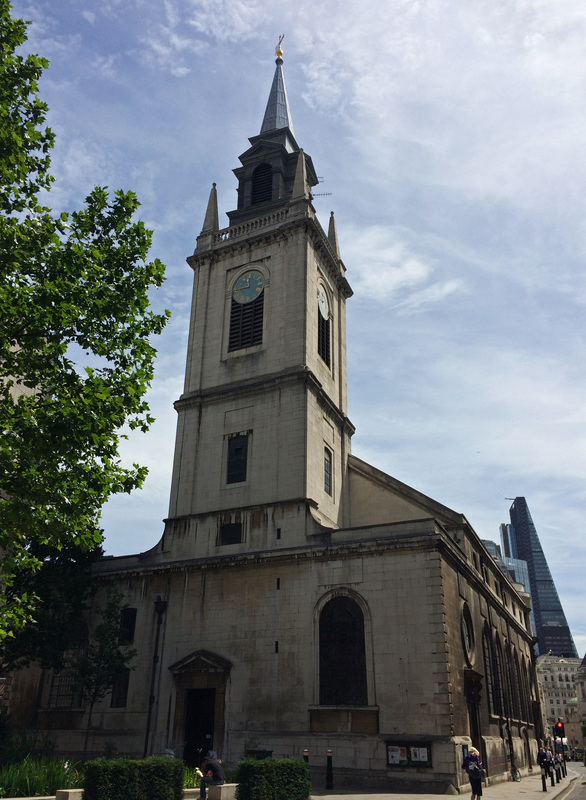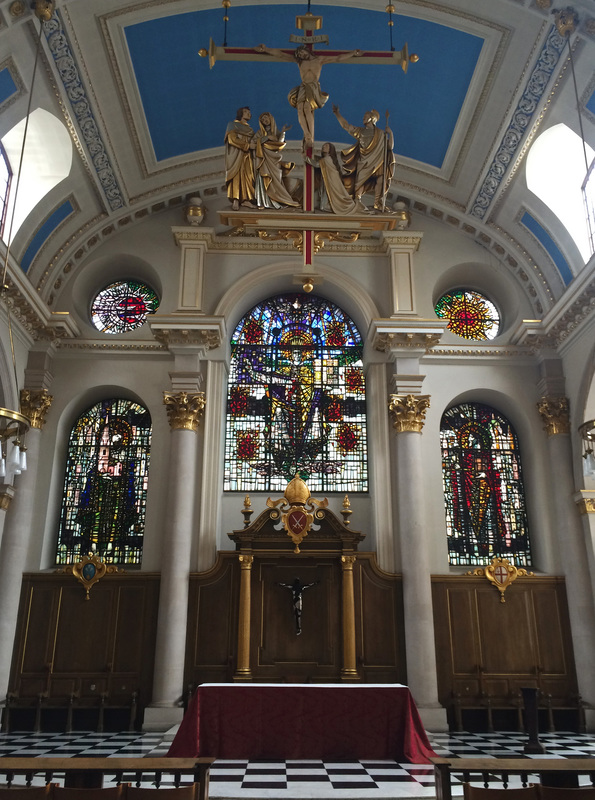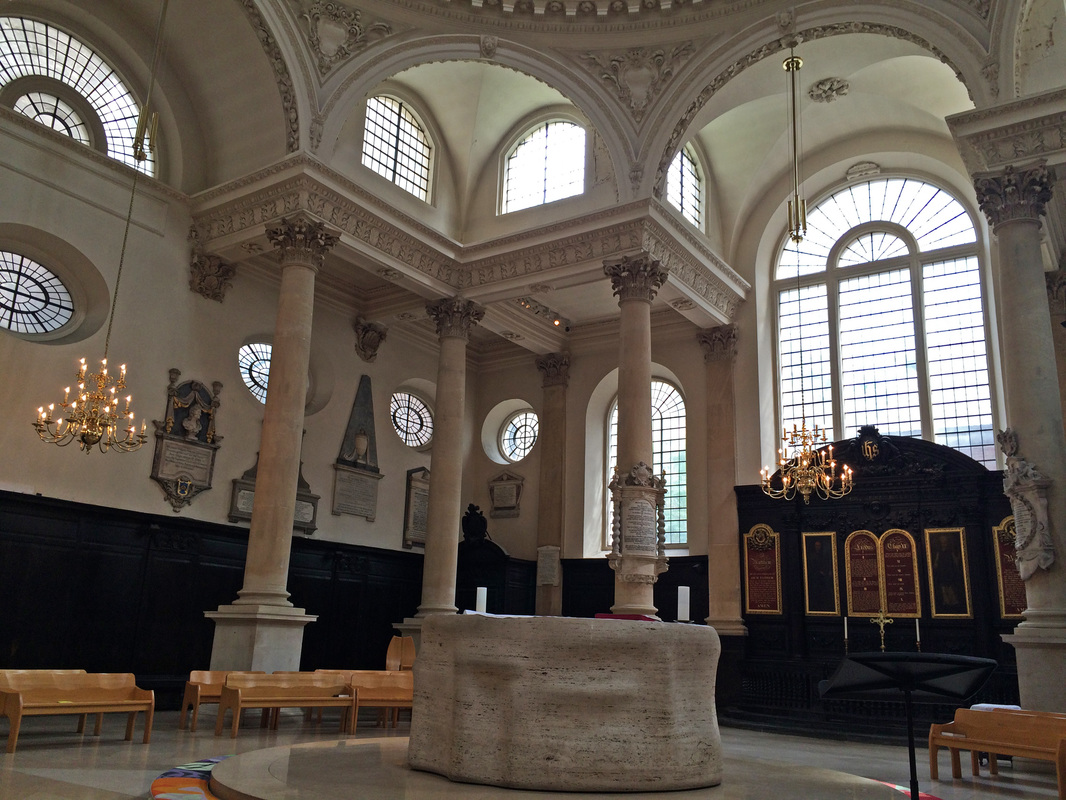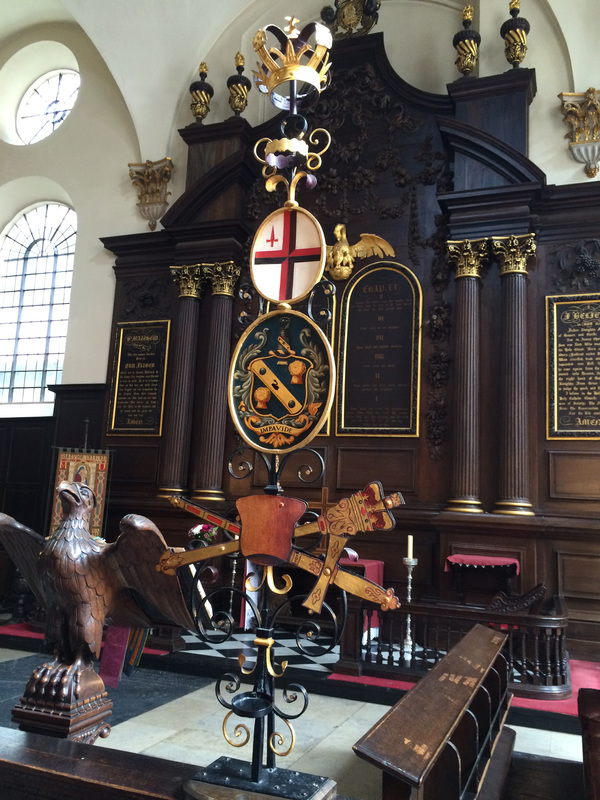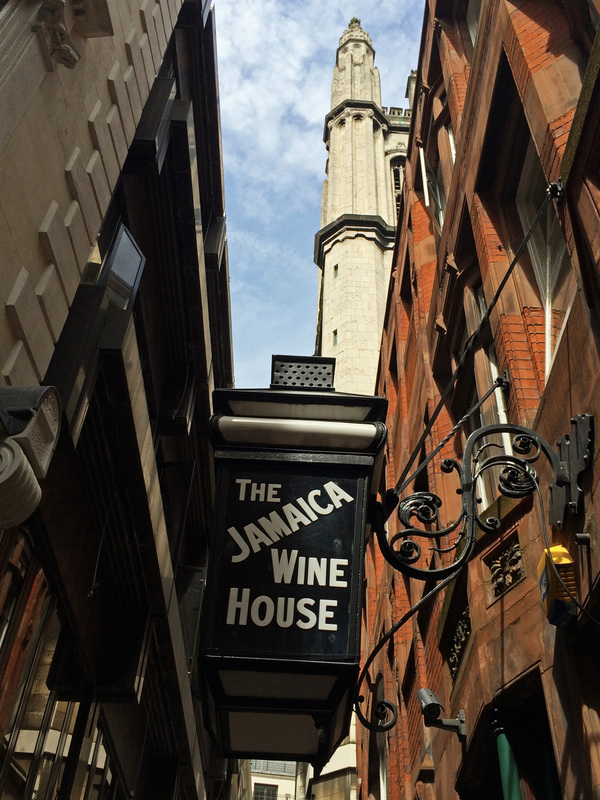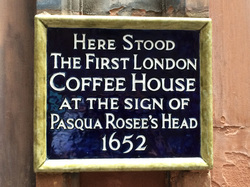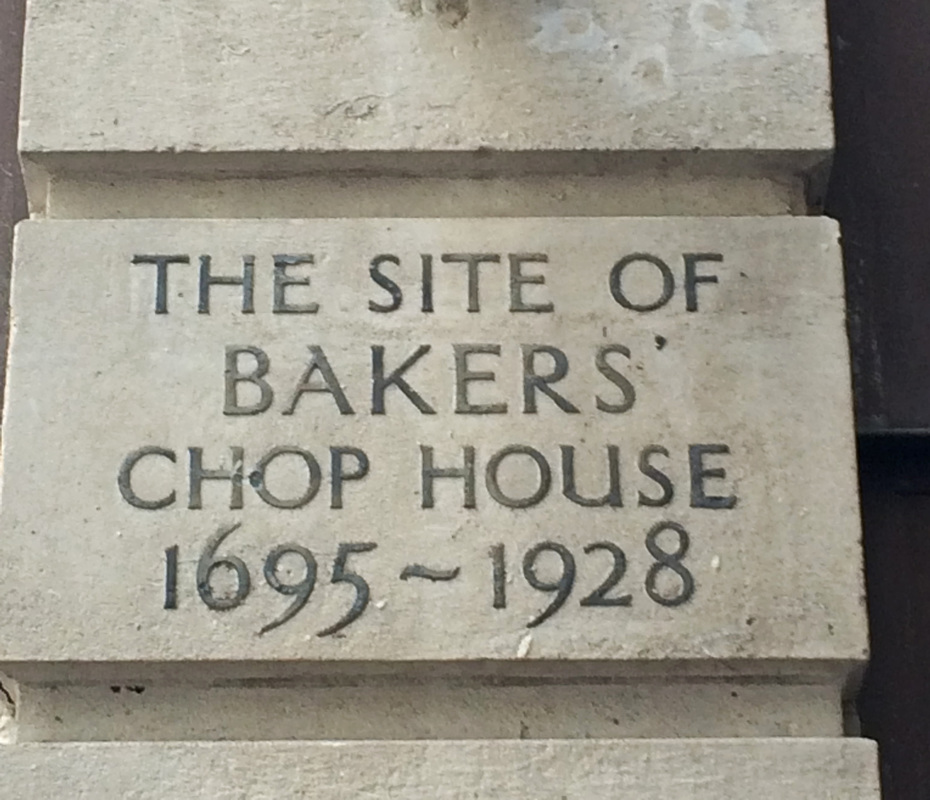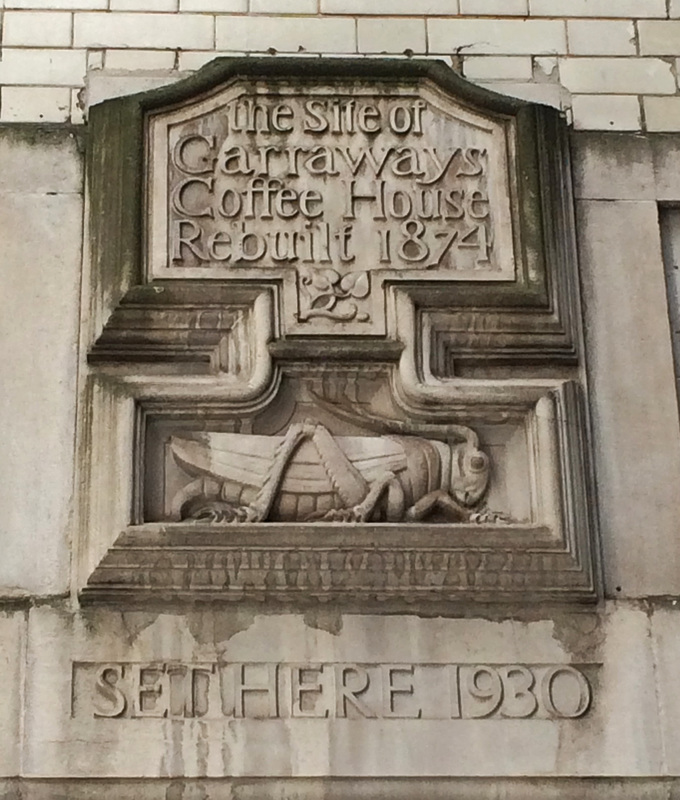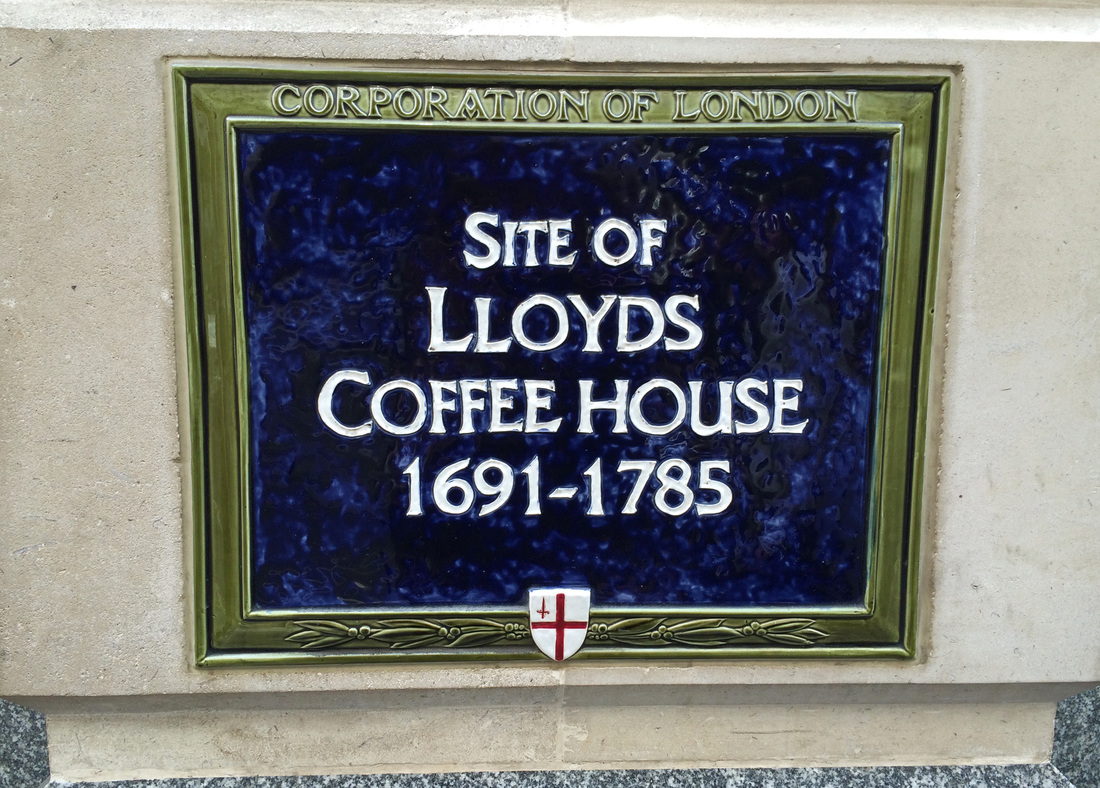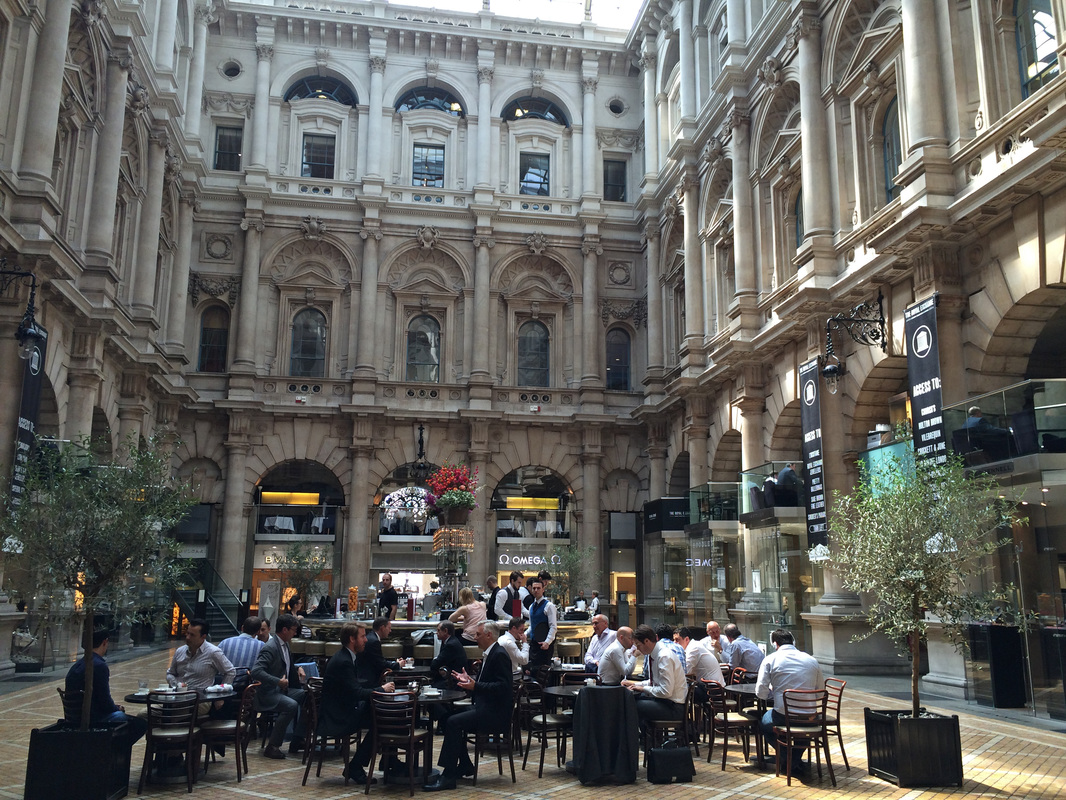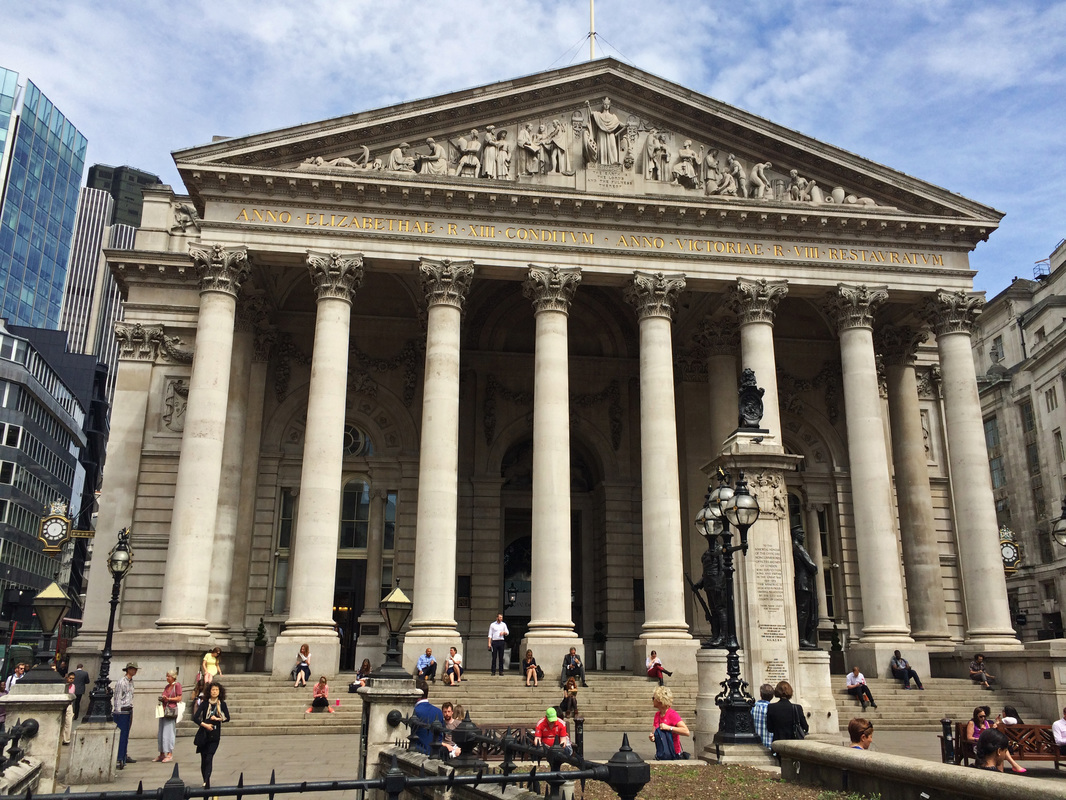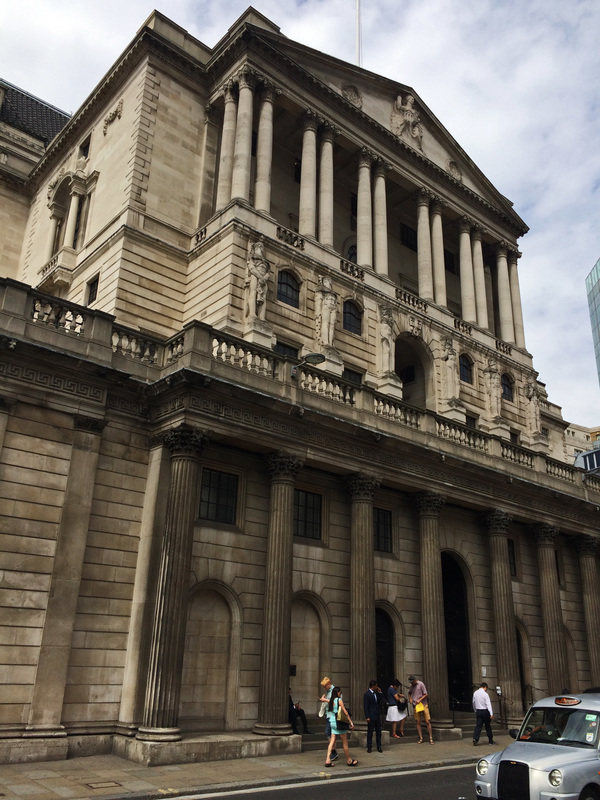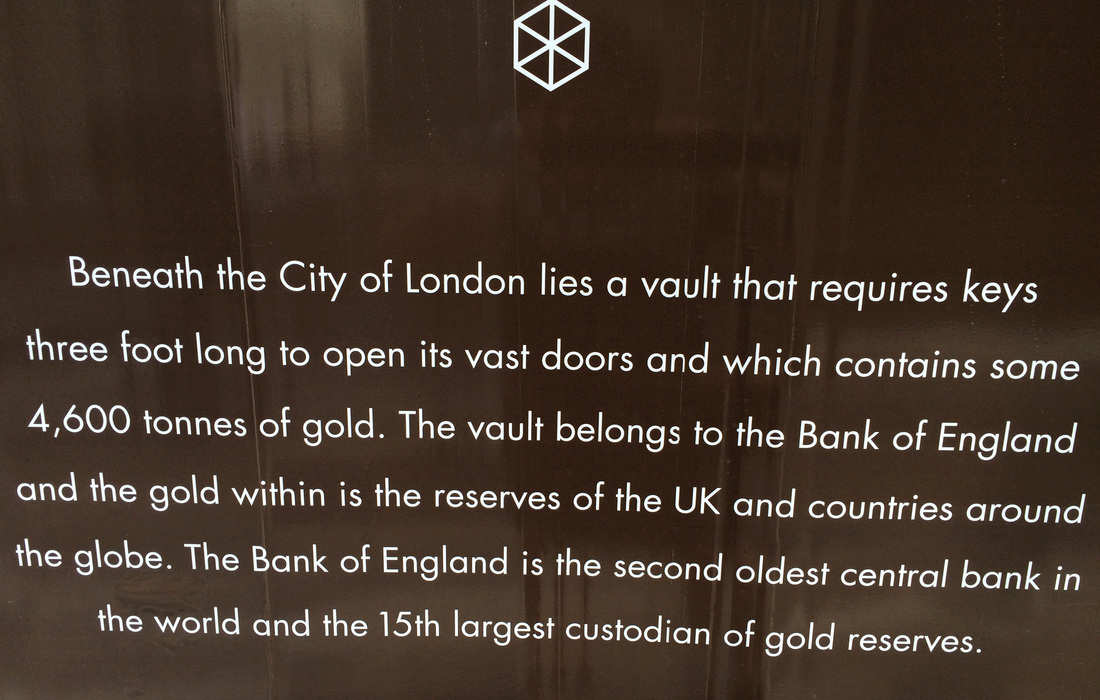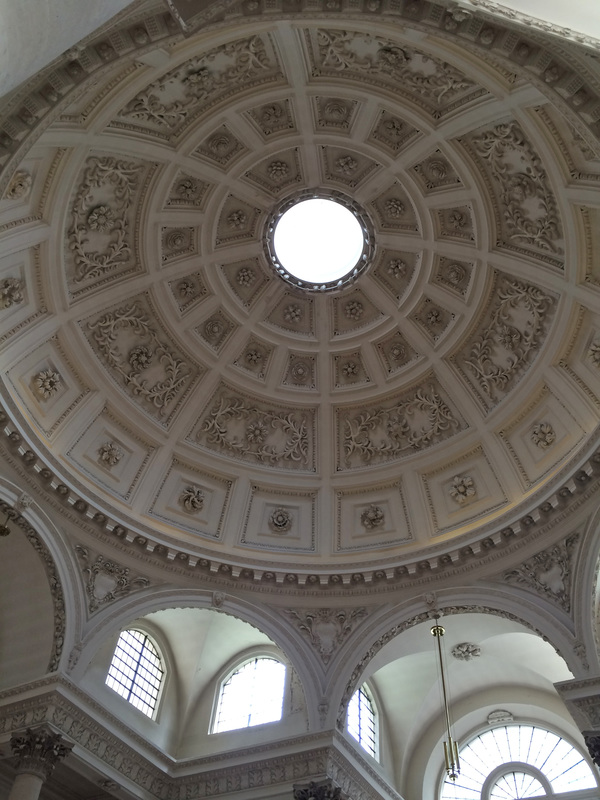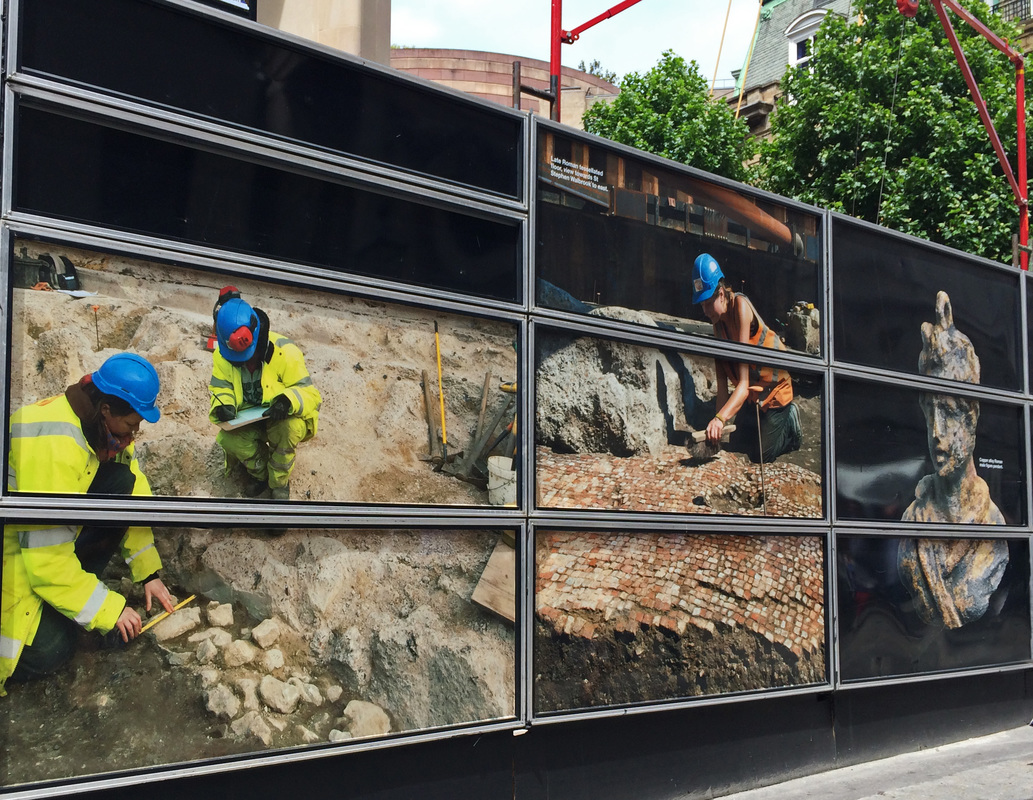|
The City of London occupies just one square mile so it's nicknamed the Square Mile. It’s a city within a city with its own rules and regulations, police force, guildhall (town hall) and mayor. Cheapside was once the busiest street in the Saxon and Medieval City. Many of the surrounding streets are named after the produce once sold here - Honey Lane, Milk Street, Bread Street and Poultry. This area is the historic and modern financial centre of London. The Guildhall was where the Lord Mayor and ruling merchants met to fine-tune the laws and trading regulations that helped to create London’s wealth. |
|
We meet at St Paul's Station.
After a coffee to introduce ourselves and go over the first part of the English Worksheet, we begin our walk. During the walk we pass:
|
|
Go over the new vocabulary at the end.
At the end, relax over a tea and go over the new vocabulary together. Ask your teacher any questions. |
|
Did you know? The annual Lord Mayor’s Show dates back to 1215. The Lord Mayor travels in a golden stagecoach built in 1757. It’s been used in every Lord Mayor’s Show since. |
History notes will be given to you at the end.
|
Did you know?
The Jamaica Wine House was the first coffee house in London when it was opened in 1652. |
|
